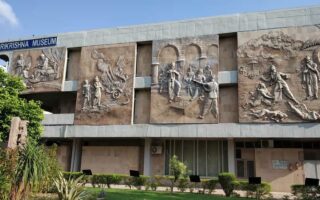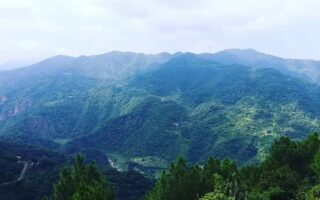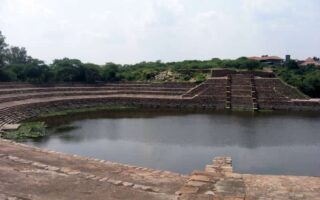Understanding keenly the history of India, new Harappan locations have been discovered in North India. The pre-Harappan age (2800 BC – 2300 BC) and Harappan era (2300 BC – 1800 BC) when combined together is known as Indus Valley Civilisation. However, the preceding vedic age (4000 BC – 2800 BC) is called as Saraswati valley Civilisation. The pre Harappan time period is characterized by architecture, settlement pattern and beautiful potteries.
Haryana is known for milk, hookah, Khaat and many things. Apart from the wide prospect of diversity it presents in the Culture, food, language, and other geographic and demographic features, it shows some marvelous archaeological presence in the places like
Agroha
- Location: Agroha, Haryana
- Famous For: Seals, coins, and stone sculptures
- How to Reach: Nearest bus stand is at Agroha. By rail, one can reach by Adampur Railway Station that lies nearest to the site. By air, one can arrive from the airport at Delhi.
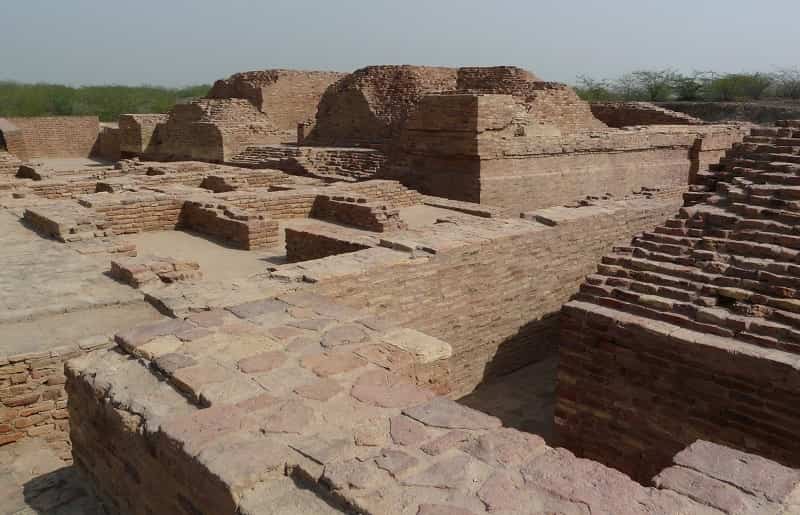
It is a famous excavation town of the state that lies at a distance of twenty kilometers from Hisar. This prosperous city of Haryana was once a splendid kingdom of the ruler Agrasen. Situated near Agroha village, this splendid town came into sight during the excavations done in 1888-89. This place existed even before Kushan dynasty.
This town was known for its prosperity. Invaded many times by Greeks, Hunas and Yavanas, the state fell apart and the inhabitants had to migrate to other places. These people were commonly known by the name of “Aggarwals” a community that still exists in parts of North India. The town was a well planned place. As earlier excavations were not able to explore it fully, the city was again dug in 1938-39 but the excavation had to be stopped during the Second World War. Haryana Government’s Archeological Department restored the work in the late seventies. Under the guidance of eminent personalities like Acharya and Khatri, new findings came into light.
Major artifacts that have been recovered from the site include coins of silver and bronze, seals and stone statues. The coins come in different sizes and shapes. Various scripts have been written on these coins and indicate the dynasty or the period to which they belong. The inscriptions like “Yodhyanam Jaimantra” have been carved on some of the coins. Those which are made up of bronze have Prakrit inscriptions on them. These coins of Agroha belong to the dynasties like Gupta, Kushan, Yaudheya, and Roman.
The seals found at the sites are also adorned with inscriptions carrying words like” Sadhu Vridhasya”, Madrsya”, and “Pitradutt”. In addition to them, archaeologists have been successful in finding terracotta animals, masks and stone sculptures at the site area. Various implements of copper, shells, and utensils covered with red and black polish have also been found here in large numbers.
Recent researches have indicated that Agroha was inhabited by at least 5 cultural periods. A huge temple complex is the nearby attraction. This complex is blessed with the gracious presence of the deity Mahalaxmi. Its gold plated “kalash” is worth the admiration. A Shakti Sarovar that lies near the temple complex is sprawled over a distance of four acres. It is considered a holy site of Hindus.
Khokhrakot
- Location: Hisar, Haryana
- Famous For: Coin moulds
- How to Reach: Buses are available from nearby cities. Rohtak bus stand is the nearest. By rail, Rohtak Railway Station. By air, Delhi Airport is nearest.
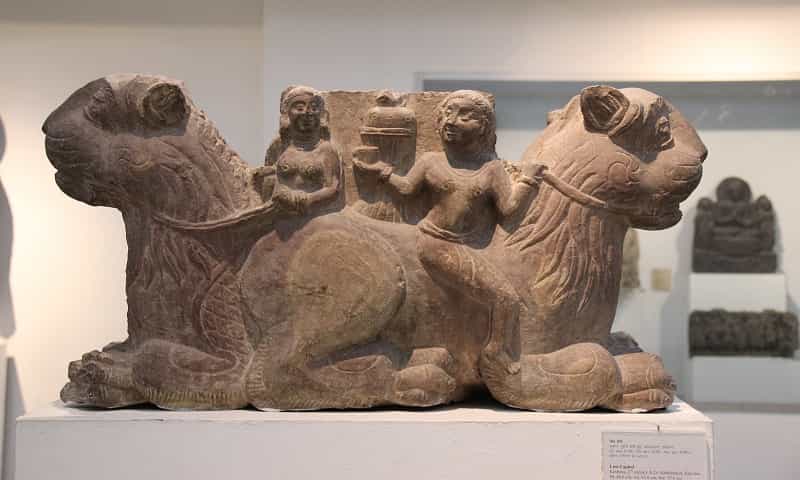
Khokrakot is an ancient archeological site that is located in the town of Rohtak. The site covers an area of about 400 square kilometers and is famous for Harappan and Pre- Harappan civilizations that flourished here. The place finds a mention in the famous epic Mahabharata.
Major findings at Khokhrakot include coins belonging to different dynasties like Yaudheyas of the third century AD and Guptas of the sixth century. A terracotta plaque of Gupta period has also been unearthed at the site. The place is believed to be the capital of Bahudhanyaka. A number of carved pillars with illustrations of winged lions carrying their riders suggest the existence of the Kushan Kingdom. It further suggests the advancement in sculptural art of the state. Another exclusive finding of the place includes a coin belonging to Samanta Deva who was a mighty ruler of Kabul.
According to local beliefs, the town of Khokrakot was re-established by Prithviraj Chauhan but was later destroyed by Islamic invaders.
Amin
- Location: Amin, Haryana
- Famous For: Red Pillars
- How to Reach: Amin bus stand is the nearest place. Buses can be availed from nearby metropolitan cities. By rail, Amin Railway Station. By air, one can come via the airport at Chandigarh.
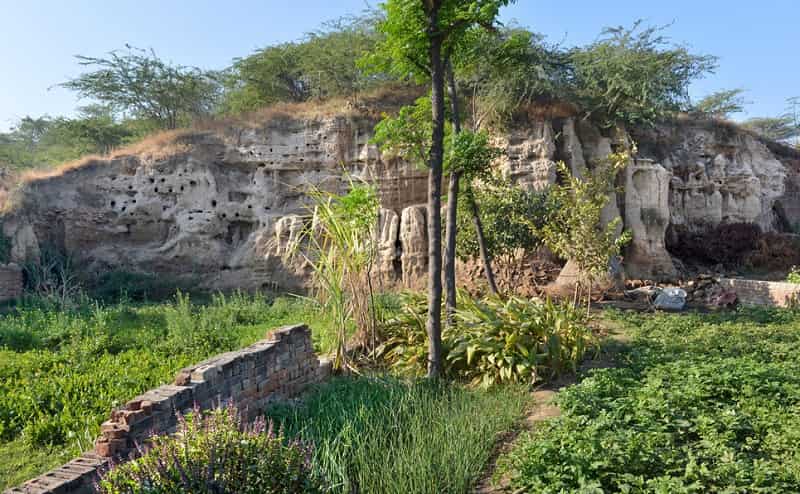
Commonly known by the name Abhimanyukhera, Amin is an important excavation site that is linked with the period of the Mahabharata. According to the epic, Abhimanyu who was the son of Arjun was trapped by Kauravas in a “Chakravyuha”. Occupying an area of 650 by 250 meters, this mound carries a height of about 10 meters.
An important excavation done at Amin includes two pillars made in sandstone that carry the carved images of Yaksha. The pillars are also adorned with circa designs dating back to the second century BC. The National Museum of Delhi houses the painted grey ware found at this place.
Kushan Stupa
- Location: Assandh, Haryana
- Famous For: Stupa and coins
- How to Reach: Buses are available for the nearby cities, Assandh bus station is nearest to the place. By rail, one can reach by Karnal railway station. If coming by air, airport at Delhi can be the easiest way.
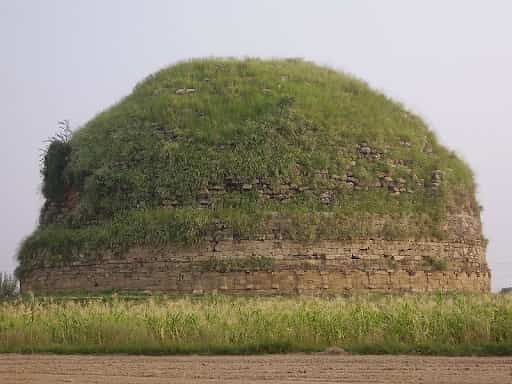
Kushan Stupa, an ancient remnant located near Karnal, is also known by the name Jarasandh Quila, Jarasandh being a character from the Mahabharata. The place has found its mention in ancient religious texts like Brahamanas and Sutras. The vivid description of the place in these texts indicates that it was an important town of Haryana.
The present height of the stupa is about 25 meters; the original height must be much more than that. Built in the shape of a drum, Kushan Stupa carries a huge dome. The interior walls are stuffed with materials like bricks and mud. The exposed section of the stupa has a set of 44 courses in a circular shaped wall. The bricks that are used in the construction of the stupa vary from 34*5 cm to 35.5*6 cm in dimensions.
The place is known for a well planned town and the presence of painted grey ware which is the most prominent feature. A number of coins belonging to Kushan periods have also been unearthed at the excavation site. A number of medieval period relics and Yaudheya coins are also the part of excavation work done here.
Kushan Stupa is the reminiscent of the glory of the bygone era.
Banawali
- Location: Hisar, Haryana
- Famous For: Brick houses and artifacts
- How to Reach: Buses are available from all the major metropolitan cities. By rail, Bhattu is the nearest railway station. By air, Delhi is the nearest airport
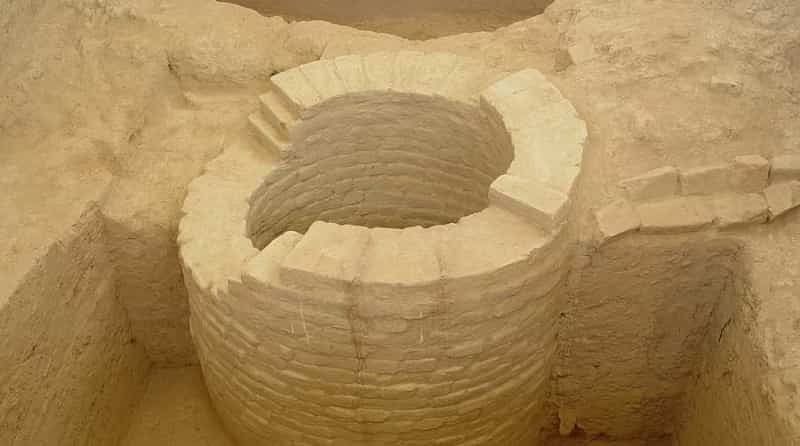
Banawali, an ancient Harappan and pre-Harappan site, is sprawled over an area of four hundred square kilometers. Earlier known by the name of Vanawali, this heritage site lies near Fatehabad district of Haryana. Due to repeated inhabitations, the height of the town rose to 10 meters. This Indus valley site was excavated by the famous archaeologist R.S. Bisht.
The excavations at Banawali resulted in the discovery of numerous pieces of art and craft, copper coins, and precious stones. Jewelry items, bangles, shells, and other embellishments have also been unearthed here. The houses of this civilization are known to be made up of bricks and are supposed to be constructed in one of the cardinal directions. This indicates high level of town-planning. The ornaments made from shell and copper were also in full vogue. The aesthetic sense of the inhabitants is clear from the fact that the town was constructed with accurate planning and presence of numerous designs and shapes.
In the Pre-Harappan period at Banawali, the town was constructed in the shape of a chessboard. The streets ran in north-south direction, were straight and without any interruptions. Another set of roads ran in the east-west direction. The mound was supposed to be divided into two parts by a thick wall. The wall acted as divide between the inhabitations of rich and poor. The commoners resided in the eastern wing while the elite class occupied the western side. The mud houses were equipped with toilets and well planned rooms. The superb metallurgical procedures that were used at that time emphasized the exclusive craftsmanship of the artists.
The major artifacts that have bee unearthed at this excavation site include terracotta figures, seals, gold ornaments, lapis lazuli beads, faience, items, carnelian etc. the pottery that was used at that time is strikingly similar to Rajasthan; Kalibangan pottery. In addition, redware Pottery was also in full vogue. A unique object that has been found at Banawali is an item of black terracotta. Only three pieces of this artistic item have been found. During the Harappan period, the shape of the town was converted into a bilocular form.
The fortified town of Banawali is an important excavation site of Haryana; its discovery opened the gateways of civilizations that flourished in ancient times.
Rakhigarhi
- Location: Hisar, Haryana
- Famous For: Harappan artifacts
- How to Reach: Buses and trains are available for all the metropolitan cities.
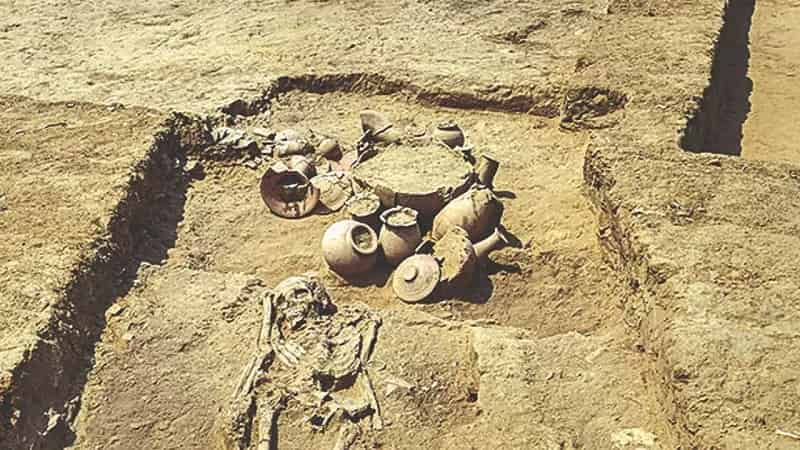
Rakhigarhi, a massive excavation site at Hisar, was first unearthed in 1920. Recent excavations at this place have revealed a new set of facts that could change the entire history of the Indus Valley civilization. It is, in fact, the second largest site of the Indus Valley. According to archaeologists, the latest findings are going to let people know about these civilizations dating back thousand of years.
The site was located on the banks of the river Saraswati, which dried up centuries ago. The huge expanse of Rakhigarhi covers 224 hectares, largest area covered by any other excavation site of India. The place was inhabited by civilizations spanning over three period of Indus valley. This is clear from the fact that the artifacts that have been found here belong to the early and late Harappan civilizations. Before the early phases, unique Hakra Ware is known to be found here which existed about 500 years before the early Harappan civilization. It means that the dawn of Indus Valley Civilization took place much before 3000 B.C.
The archaeologists have collected a huge number of antiquities at Rakhigarhi. These include sling balls, circular cakes, carnelian and steatite beads, bangles of copper, terracotta beads, net sinkers, and children toys. The sling balls were used for scaring birds and animals. The Pottery found here resembles to that of Banawali and Kalibangan. The researchers have also succeeded in finding a huge stock of gold foundry that has a collection of a number of semi-precious stones. The brick lanes were used for drainage. Religious ceremonies were in full vogue here and were celebrated by offering sacrifices to deities.
Another important discovery at Rakhigarhi is that of human skeletons, with their faces pointing in the north direction. The female skeletons have been found wearing bangles and other ornaments in their wrists. Each of the skeletal remains is accompanied with a utensil meant for carrying items of daily use.
The startling findings of this site are going to change the historical facts of Harappan civilizations.
- Must Read: Historical Heritage Monuments of Haryana
Kunal
Kunal represents the pre Harappan site. Two crowns of silver assumed to be worn by the Queen and the King decorated with silver and gold on it in an earthen jar have been found here. For the first time in history, the crown has been found in any of the site. This site speaks about the Harappan people with three stages of development from pit homes to regular rectangular and to square dwellings on the surface.
Mitathal
Mitathal depict three stages of Harappan Culture.
In 1967-1968, the archaeological exploration of Ghaggar valley, Sirsa District, the survey discovered around 54 sites painted in black, grey and red, wares and many belonging amongst the Rang Mahal Culture. Harappan settlement here however could not be located.
